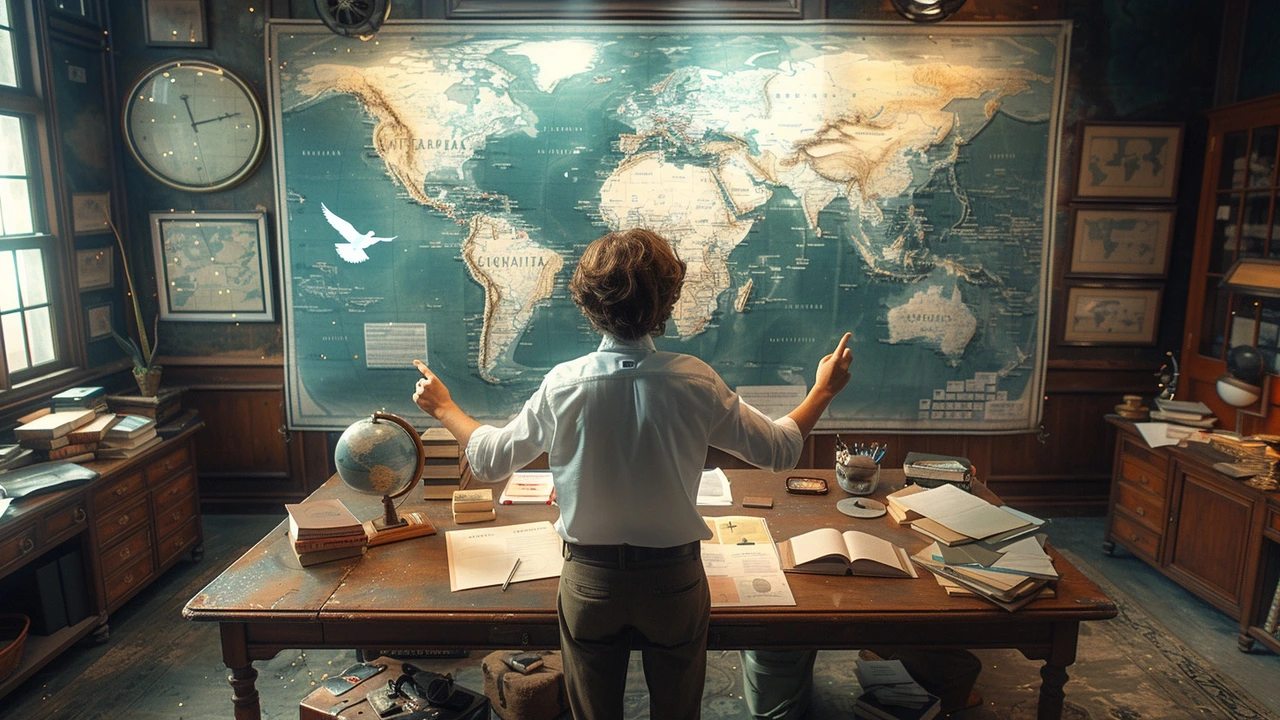Recovery after conflict isn't a single project you tick off a list. It’s a cycle of restoring safety, rebuilding services, and creating opportunities so people can rebuild their lives. Here you’ll find clear, practical steps that communities, peacekeepers, and agencies can use right after fighting stops and months into reconstruction.
First, secure basic safety. That means protecting civilians, clearing unexploded weapons, and reestablishing local policing. Without safety, aid teams can’t work and people won’t return home. Next, restore lifesaving services: clean water, emergency health care, shelter, and food distribution. These actions save lives and build trust fast.
Don’t forget quick repairs to roads, bridges, and communications. When people can move and trade again, local markets restart and small businesses pick up. Simple, low-cost fixes often have the biggest early impact.
Demobilization, Disarmament, and Reintegration (DDR) must run alongside jobs programs. Ex-combatants need alternatives to violence—paid work, vocational training, and community projects help them become productive citizens. Pair DDR with mental health and family reunion services to make the shift stick.
Rebuild local institutions rather than imposing distant models. Strengthening courts, local councils, and civil registries helps people access justice, land rights, and public services. That creates predictable rules and reduces the chance of a return to conflict.
Justice and reconciliation matter. Transparent processes for dealing with war crimes, plus community-led reconciliation initiatives, help victims feel heard and reduce revenge cycles. Short, fair trials and local truth-telling can coexist—both serve healing and deterrence.
Economic recovery needs small-scale finance, repair grants, and support for farmers and shop owners. Cash-for-work programs that repair essential infrastructure give immediate income while rebuilding the community. Make sure these programs target women and marginalized groups—the recovery will be stronger and fairer.
Coordination is key. Peacekeepers, local leaders, NGOs, and donors must agree on shared goals and timelines. Set clear benchmarks—how many clinics reopened, how many jobs created, how many land claims processed—and publish progress. Transparent targets keep everyone accountable.
Local ownership beats outside solutions. Communities know what they need first. Use participatory planning: town meetings, simple surveys, and local committees to shape projects. That increases uptake and lowers waste.
Finally, plan for resilience. Build better flood-proof housing, diversify livelihoods, and train local technicians. When a community can handle shocks, recovery lasts.
If you’re a policymaker or practitioner, start with safety and services, add jobs and DDR, then invest in institutions and justice. If you’re a concerned citizen or donor, support programs that pair short-term relief with clear handover plans to local councils. Recovery is messy, but practical steps and local leadership make it real and lasting.

As a passionate follower of global events, I've seen how critical peacekeeping is to post-war reconstruction efforts. This blog post delves into the power of peacekeeping in rebuilding countries and societies torn apart by war. We'll explore how organized peacekeeping activities can contribute to economic, social, and political recovery. Trust me, you'll have a whole new respect for peacekeepers and the invaluable work they do after reading this.
